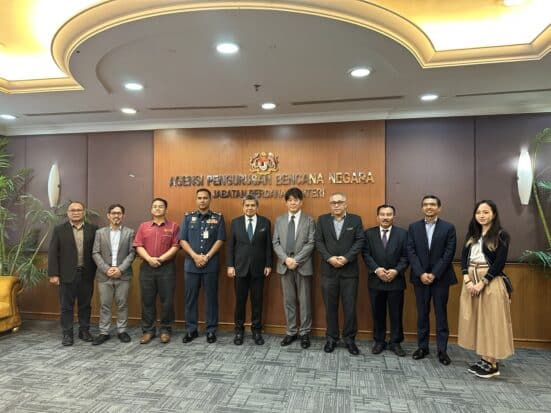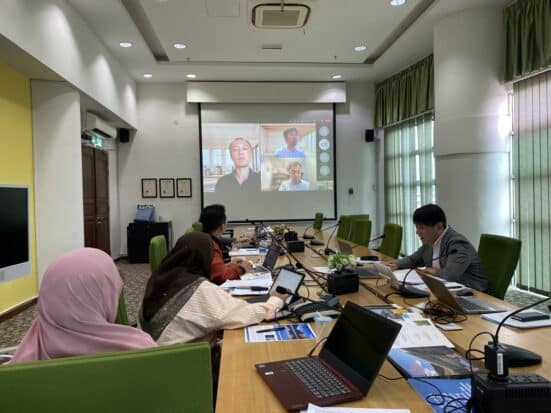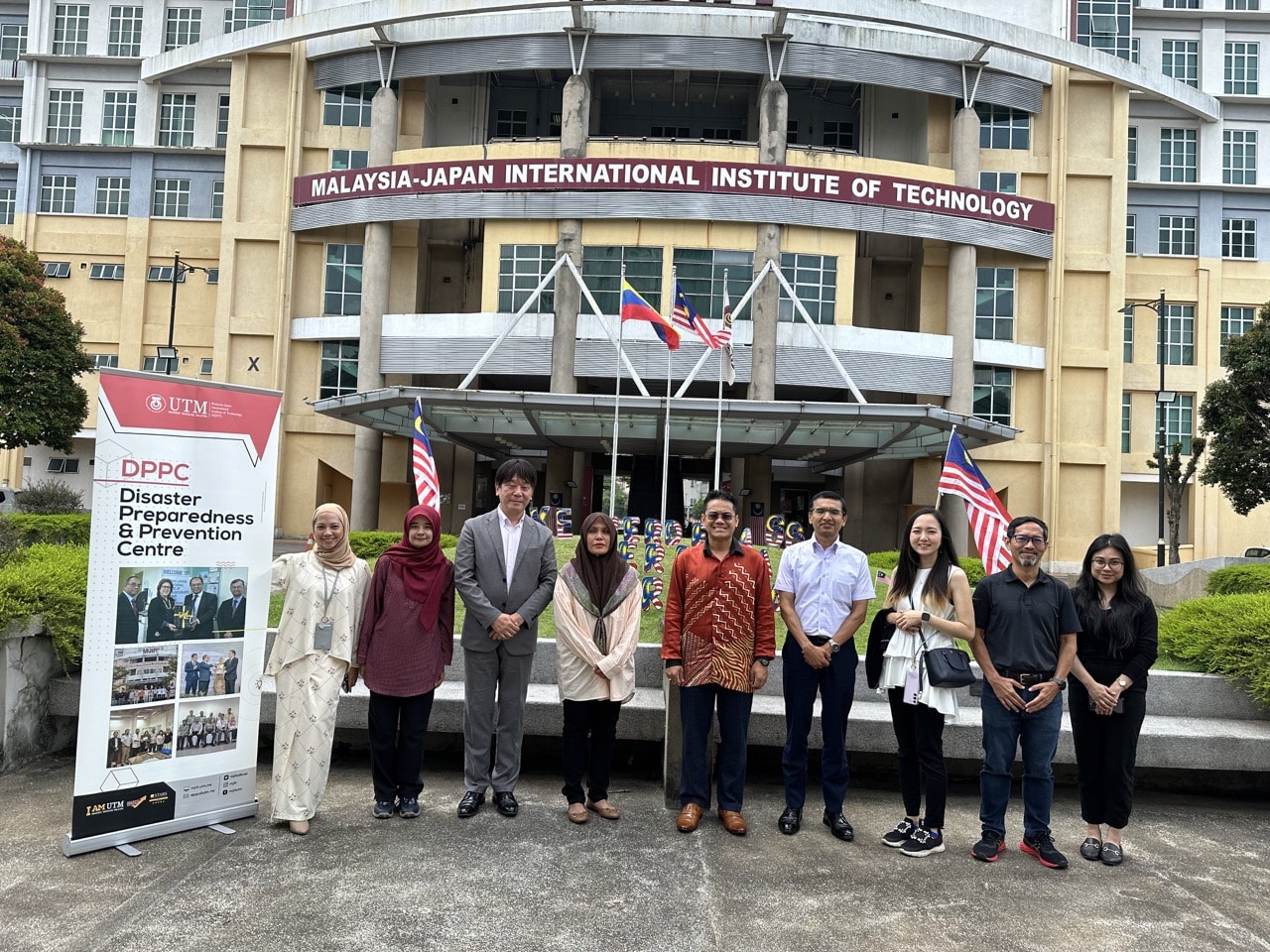The Disaster Preparedness and Prevention Centre (DPPC), Malaysia-Japan International Institute of Technology (MJIIT), Universiti Teknologi Malaysia (UTM) Kuala Lumpur had the honour of hosting a distinguished Japanese expert to demonstrate the innovative Quasi-Zenith Satellite System (QZSS) in Malaysia. This extraordinary event, held on 22-24 August, 2023, not only brought together experts from Asian Disaster Reduction Center (ADRC), Kobe Japan and the Cabinet Office, the Government of Japan in the field of satellite-based disaster and crisis communication systems, but also showcased the exciting possibilities that emerge from international cooperation through programmes focused on capacity building, technology and expertise exchange, and joint publications based on the Japanese government’s progressive and innovative initiatives.
QZSS was presented to Datuk Khairul Shahril Idrus, Director General of the National Disaster Management Agency (NADMA), the Prime Minister’s Department by the Asian Disaster Reduction Centre (ADRC), and the Cabinet Office of Japan on the first day. The purpose of this courtesy visit is to emphasise the important function that QZSS plays in accurate positioning, navigation, and timing services, which can benefit in several aspects of disaster management, including preparedness, response, recovery, and mitigation. The programme continued with the preparation for the QZSS Demonstration in Resilience Living Lab Hulu Langat, Selangor where the essential QZSS receivers and equipment were tested and put up at the selected sites.
Local government agencies such as emergency response teams, search and rescue units, and local authorities actively participated in the QZSS demonstration at the Community Hall in Sungai Lui Hulu Langat, Selangor. The Geo-Spatial Defence Division (BGSP), the Department of Survey and Mapping Malaysia, and the Ministry of Natural Resources, Environment, and Climate Change Malaysia Space Agency (MYSA), Ministry of Science, Technology, and Innovation (MOSTI), Malaysia Fire and Rescue Department (BOMBA) are among the 11 agencies who participated on QZSS Demonstration.
The Japanese government has developed a disaster early warning system that transmits data from organisations monitoring meteorological conditions via one of its Quasi-Zenith satellites. The system’s goal is to help in disaster prevention in the Asia-Pacific area. The disaster warning system is projected to be useful in assisting with evacuation and coordinating relief efforts in remote areas such as hilly terrain. Several tests on reciprocal data transfer have previously been done in Japan. As a result, the visit to Malaysia by Mr. Koji Suzuki, Mr. Gerald Ejem Potutan, Mr. Damodar Lamsal, and Ms Hitomi Westin from the Asian Disaster Reduction Centre (ADRC), Kobe Japan, and the Cabinet Office, the Government of Japan is to demonstrate the function of QZSS in disaster preparedness.
According to Mr Gerald Ejem Potutan, to ensure a complete knowledge of QZSS technology and its application to local disaster response. He also stressed the importance of QZSS in emergency decision-making, navigation, communication, and coordination to the participants. Ms Hitomi Westin demonstrated scenarios in Hulu Langat that closely resembled real-world disaster scenarios, and she explained the necessity of accurate temporal synchronisation in maintaining network connectivity.
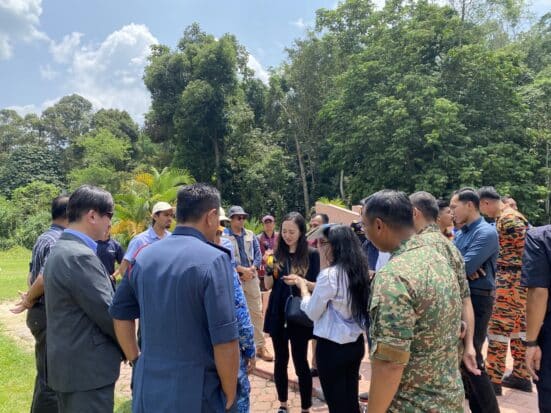
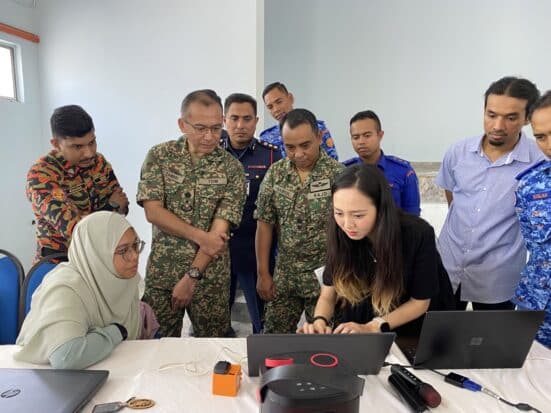
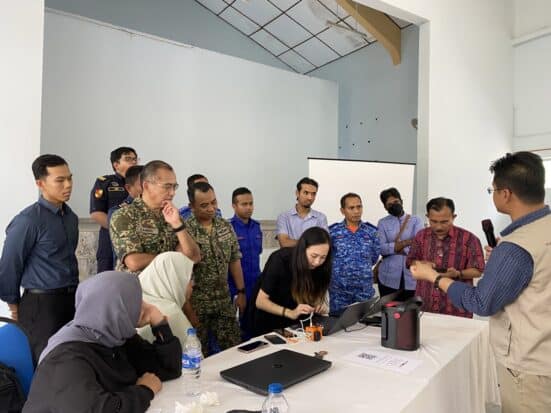
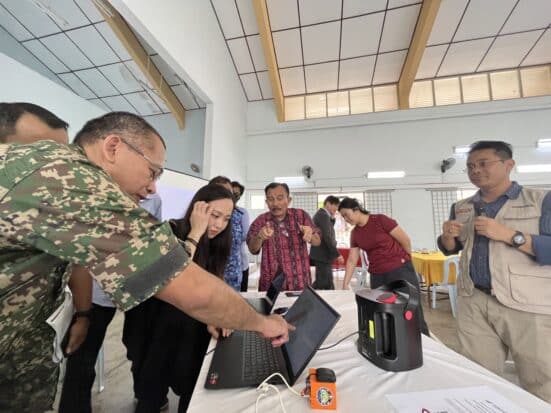
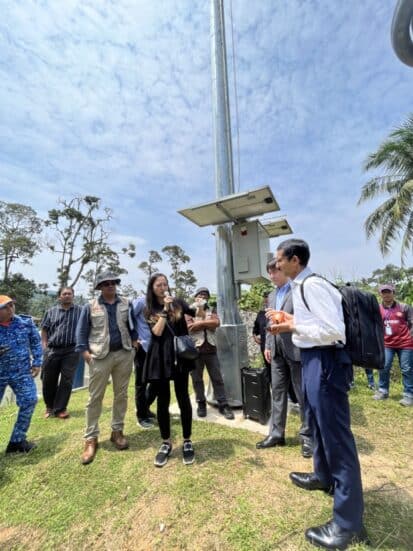
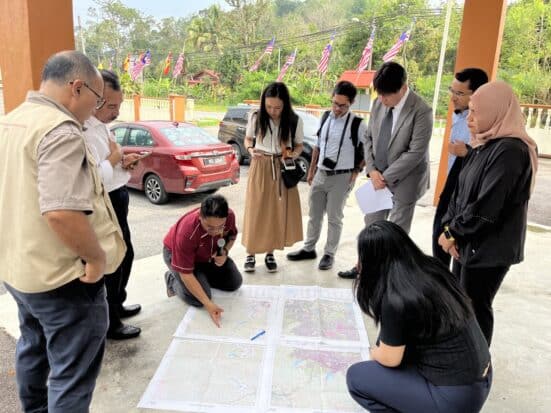

The QZZS demonstration in Malaysia by the Asian Disaster Reduction Centre (ADRC), Kobe, Japan, and the Cabinet Office, Government of Japan, was more than simply a show; it was intended to stimulate the future growth of the QZSS System in Malaysia as a cross-border collaboration in science and technology. NADMA showed strong support for the incorporation of QZSS technology in disaster management during a Focus Group Discussion (FGD) at the Malaysia-Japan International Institute of Technology (MJIIT) Universiti Teknologi Malaysia (UTM) in Kuala Lumpur. Meanwhile, the Geo-Spatial Defence Division (BGSP) and Malaysia’s Department of Survey and Mapping stressed the need for collaborative data sharing. Civil Defence Forces also play critical roles as frontline responders in disaster management, necessitating the use of advanced technology such as QZSS to increase capabilities and response during the disaster.
Events like this will surely contribute to DPPC-UTM’s commitment to disaster risk reduction and resilience as it expands its science and technology efforts. The visit of the Asian Disaster Reduction Centre (ADRC) in Kobe, Japan, and the Cabinet Office of the Government of Japan made an indelible impact on UTM, encouraging decision-makers and policy influencers about the importance of QZSS. This event will be recognised as a milestone point in the institution’s journey to become a global leader in satellite-based disaster and crisis communication systems.
